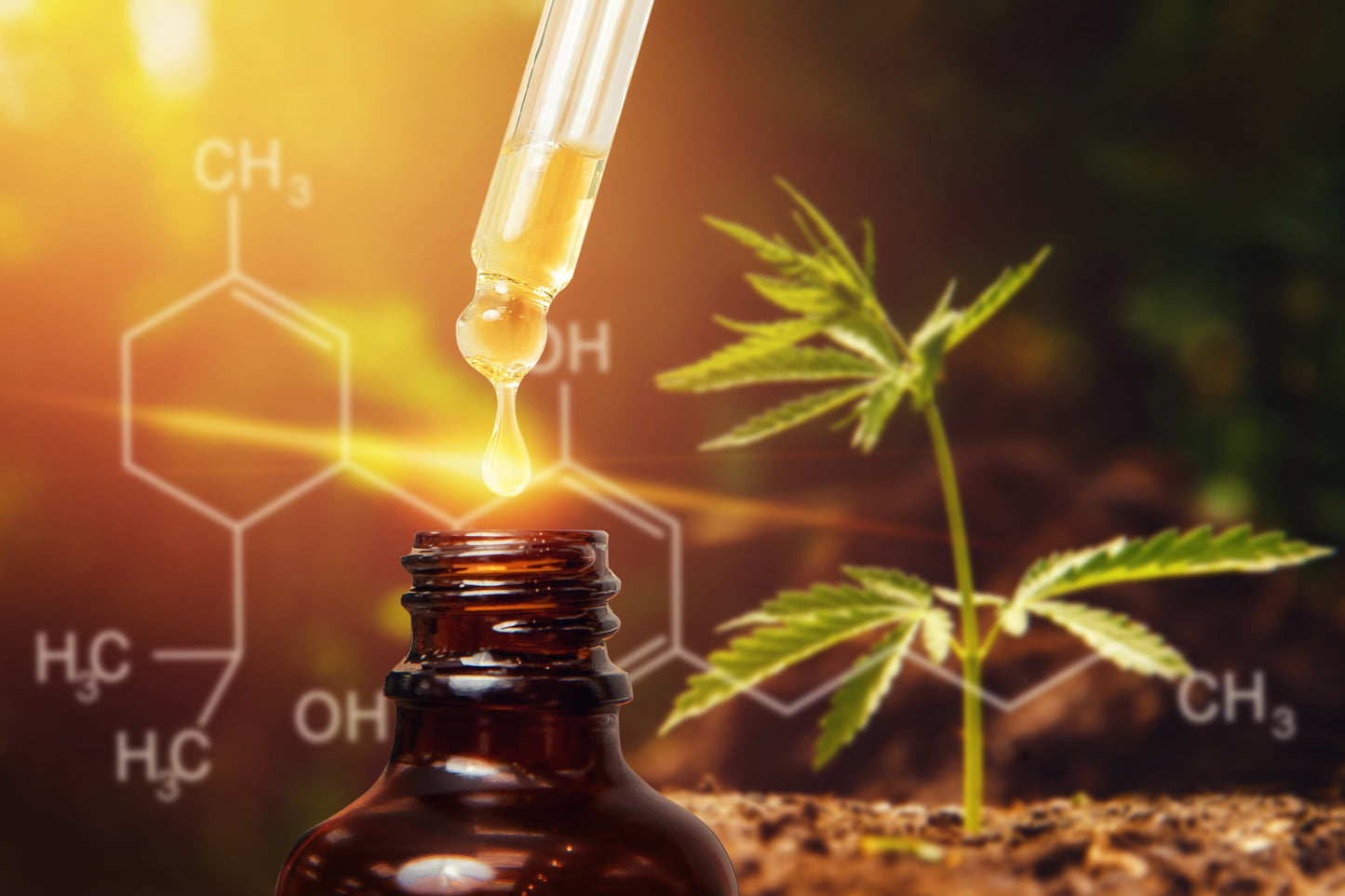
Even as glossy magazines and wellness influencers have adopted cannabis (primarily CBD) as their new superfood snake oil, the taboo that still surrounds people who partake is as potent as an artisan blunt.
The common perception of cannabis consumption has not budged in the seven years I have been writing about it—many automatically balk, thinking immediately of big joints, bongs, or brownies filled to the brim with as much intoxicating THC as possible. But while it’s just a professional observation, I think these taboos fuel overconsumption of cannabis more than safe, free access does.
As with any intoxicating substance, there will always be those who abuse, but big doses of cannabis are vital medicine for many people. Even if you’ve had a bad experience, demonizing it is harmful to people who already deal with health issues, so please don’t do that.
Microdosing, on the other hand, was a novel concept some years ago, but is now a staple in legal cannabis markets, offering an alternative way to harness the goodness of the good stuff without getting overly high.
Let us break down the ins and outs of using small amounts of cannabis—and why you might want to.
What counts as a microdose?
A microdose to you is completely dependent on your body and can vary with your consumption habits, what you eat, or caffeine and alcohol consumption. For some, what’s considered a microdose is as low as a half milligram of THC, while for others a baby buzz hits at around 5mg.
It’s sometimes complicated to execute— most legal market edibles have 10mg per piece, and top out at 100mg of total THC per bag. Unless each piece is big enough to cut into 10 more pieces, which they often aren’t, there is no good way to reliably microdose with that sort of product.
Switch gears and look at joints, which often clock in at 100mg each. Too many factors control how they burn, making smoking another subpar way to microdose in a truly exact way. But don’t let that stop you, the “just a hit” contingency has experienced success with their methodology for ages.
Cannabis beverages and tinctures are the most measurable way to microdose outside of products specifically designed to deliver small doses. It’s very easy to calculate how much liquid to consume based on the total cannabinoids on the label, and deploying droppers, and bar tools is a lot easier than weighing and cutting a product accurately. The formula is very straightforward: divide the stated cannabinoid content by the total volume, If there’s a total of 100mg tincture in a 30mL bottle it will have about 3.3mg of cannabinoids per 1mL dropper.
Reasons to try microdosing cannabis
Aside from simply wanting to limit your intoxication in any given situation, there are many reasons for microdosing. Research has been ramping up over the last decade, but the primary source of information is still the cannabis community itself.
One recent study, while promising for dosers seeking relief shows the hands of the players paying for these experiments are those who are trying to patent proprietary technology to gain an edge in cannabis and pharmaceuticals. People who deal with anxiety are fans of the microdose as well. In a report from 2020 in the Journal of Translational Medicine, researchers noted in their conclusion that, “based on current data, cannabinoid therapies containing primarily CBD may provide a more suitable treatment for people with pre-existing anxiety or as a potential adjunctive role in managing anxiety or stress-related disorders.”
These studies have hinted, but not proven, that when it comes to managing anxiety and pain, low doses might be the sweet spot, especially if you aren’t fond of the cannabis side effect of getting high, that recreational users actively covet.
You can microdose other cannabinoids –
Don’t let an aversion to THC turn you off of cannabis completely. While people tout hemp, delta 8 or other “alternative” cannabis products, weed flowers are weed flowers, be they high in THC, CBD, or any of the dozens of other cannabinoids. CBD is a big research focus, since it’s not psychoactive; making it a safe bet for newbies who want to experiment with dosing.
Other cannabinoids are coming to the table too, like CBG, and CBN. While less studied than CBD and THC, enthusiasts claim that both help with overall health, and CBN is becoming more common as a sleep aid.
What products to try when you start microdosing
While microdosing used to be a DIY endeavor, in many states you can access purpose-designed products to give you not only a precise dose, but also consistency that can be otherwise difficult for a beginner to achieve at home.
Whether you’re a one-time hater of weed or a new and willing explorer, microdosing is a pleasant experience. Journaling your doses and responses is the key to fine tuning your experience. You can rule out bigger doses when the effects have come on too strong, and note when the effects of a small dose are too subtle, as well as chart your response to new products. If you approach cannabis with a healthy curiosity and patience, there is a perfect cocktail of cannabinoids and strength for everyone.
